You walk in from work only to notice that your pup has diarrhea but you can’t take him or her to the vet but you want to make sure you give them some help. Here are six things you can do immediately to help your dog with diarrhea.
With the increased demand for veterinary services, it is getting a lot more difficult to get an appointment in many areas. Sometimes, appointments are weeks or months out. So what can you do for your pup with acute diarrhea?
The first thing you should do is to give your vet a call and see what they advise, you can also ask them about doing one of the things we suggest below.

1. Determine the cause
Determine what may have caused diarrhea in your pet. Diarrhea is a symptom of some sort of issue that your pup is having. Just like with humans, there can be a plethora of causes. Some of the most common include:
Switching to a new food too quickly
If you are thinking about switching to a new food for your pet you should read our article about how to do so safely here.
Parasitic diarrhea
Parasites like worms, giardia, and other critters that your dog can easily pick up from outside can cause diarrhea. Many times this diarrhea will be more of a liquid and you may notice blood or worms in the stool.
Getting in the garbage
if you notice that your pup has gotten into the garbage, then that is a huge clue to what has caused diarrhea in your pet. Foreign foods can cause tremendous stomach upset in dogs and many times lead to vomiting and diarrhea, in severe cases it can lead to acute pancreatitis
Feeding table food
Similar to getting into the garbage, if your pup was recently given some foods (especially fatty foods) that they were not used to getting, this can cause stomach upset and subsequent diarrhea.
2. Rest their stomachs
Your next step after assessing the situation is to give your pet’s stomach a brief rest period. I usually advise 6-12 hours.
3. Replenish electrolytes
If your dog’s diarrhea seems to be severe you can choose to supplement lost electrolytes by adding a capful or two of clear, unflavored Pedialyte to your dog’s water. The amount you give is based on the size of your dog so make sure you speak with your vet first.
There are very few side effects or chances of overdosage when using Pedialyte, although it is possible so always speak with your vet prior to administering
4. Feed a bland diet
After a short rest period, you can then introduce a very bland diet in an effort to see if your pet will eat and not have diarrhea.
Bland diets usually consist of boiled white rice, boiled chicken breast, or boiled lean ground beef. You are boiling the meats to ensure all of the fat is removed, therefore if you notice any at the top of the water make sure you skim it off prior to serving to your dog.
Also, speak to your personal veterinarian to see which diet will most likely work best for your pup.
After a couple of days of the bland diet, you can then begin to slowly add in your pup’s regular diet again.

5. Keep a close eye on your dog
Keep a close eye on your pup when they go to the bathroom to make sure they do not have prolonged diarrhea (more than 24-48 hours) and are not straining when going to the bathroom.
6. Introduce probiotics & fiber
There are some foods like pumpkin that can really help with diarrhea in your dog. You can also introduce fiber into their diet through psyllium. (1–6 teaspoons of psyllium hydrophilic mucilloid or 1–4 tablespoons of coarse wheat bran/feeding). For some foods that help with diarrhea read our article here.
Pre- and probiotics are great additions to your pet’s meals. Just like in humans, they help heal the gut by introducing canine-beneficial bacteria.
Looking for more information on probiotics for dogs? Check out these three articles that I wrote about choosing probiotics for your dog.
- How to choose the best probiotic for your dog
- 4 all-natural probiotics that I love
- Probiotics and pancreatitis in dogs

How do you know it is time to see a veterinarian?
There are a couple of reasons I would say you should make an appointment to see your vet if your dog has diarrhea
- If you have tried all of the above and it has been a couple of days (I wouldn’t let it go for any more than 2-3 days) since your dog’s bout with diarrhea which doesn’t seem to be going away
- If you notice blood in the stool
- If you notice worms in the stool
When you do visit the veterinarian take a sample of the feces with you for testing. Your veterinarian may want to do a fecal test that looks for worms in the sample.
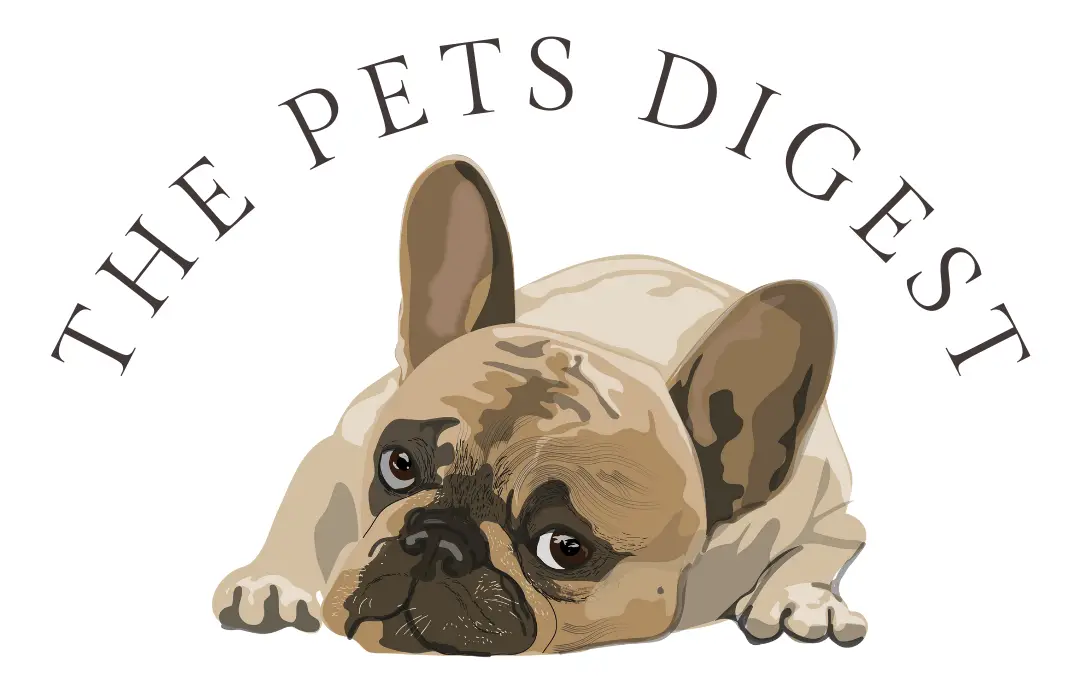












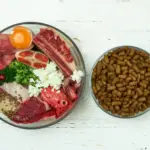










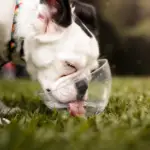















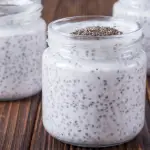





















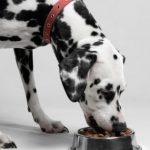








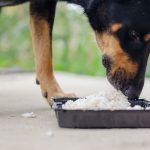





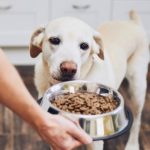










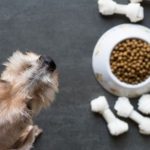


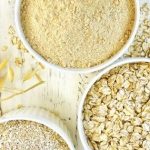


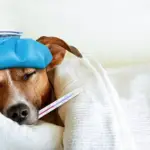








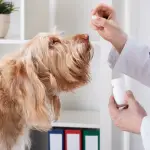

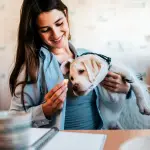
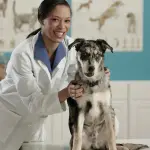


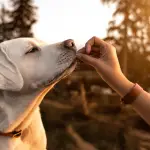







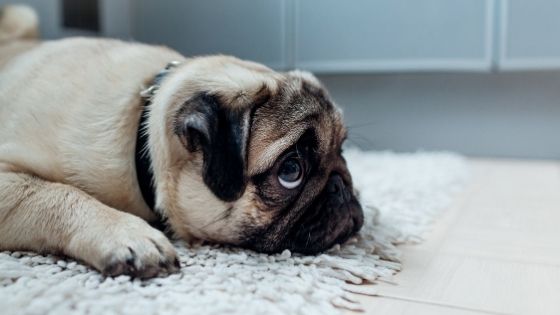





Thanks for posting this. I’ve always used boiled rice if my furry kid gets diarrhea but didn’t know why. It’s what my mom did therefore, I did the same. At least I know I was doing something right.
~keep up the good tips!
thanks so much, yep rice is pretty bland so it will rarely cause any further stomach upset!